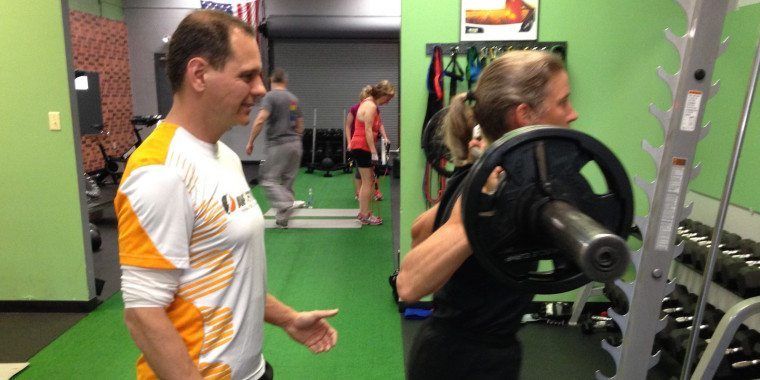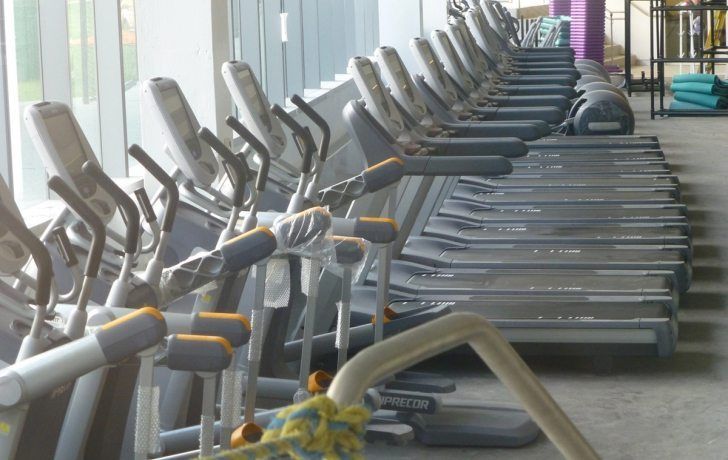If you’re trying to lose weight, get healthy, build muscle or excel at a sport, you’ll need what are referred to as SMART goals, which are ones that are specific, measurable, attainable, realistic and timely.
If you don’t have a specific goal in mind when you start any activity — weight loss, a home improvement project, or learning a new skill — it can difficult to keep going and to track your progress to see how far you’ve come, according to sportsmedicine.com.
Related: Everyone needs a personal trainer
When you are beginning an exercise program, keep in mind that you can have a corresponding variety of goals — losing weight, getting in a certain number of workouts, improving your health or even just making better choices every day.
Before you start working out, take a moment and ask yourself the following questions:
What do I want to accomplish with this exercise program?
Is my goal realistic and attainable?
Do I know how to reach my goal?
Do I have a timeline for reaching my goal?
How will I reward myself when I get there?
For example, is it reasonable to want to lose 50 pounds in six months? It’s possible, but may not be reasonable unless you eat well and exercise every single day for the entire six months. Weight loss is often harder than people realize, and it is usually slower as well.
Experts recommend that you lose no more than one to two pounds per week, but it isn’t likely that you’ll lose two pounds every single week and many people find they actually lose about a half to one pound on a good week.
Remember that:
The more weight you lose, the harder it will be to lose weight. The less weight your body has to move around, the fewer calories it will burn doing so.
The closer you get to your goal, the harder it is to reach it. There may be several reasons why you’re not losing weight and being aware of those pitfalls can help you avoid them, or manage them when they happen.
The weight you can maintain may not be the weight you want to be. We all have a threshold of how much exercise we can comfortably fit into our lives. We can often stretch that threshold, but it’s important to know exactly where it is so you can decide if that’s realistic for you.
The scale isn’t always the best way to track progress. Be sure to use other tools to track your progress.
Weight loss isn’t the only goal you can have and may not even be the most motivating. Giving up the obsession over losing weight may be your first step to success.
After you set your goal, your next step is to find out how to reach it. If you want to lose weight or become better at a sport, you need to do some research to figure out where to start.
Related: Study finds that weight training may help keep the pounds off
It’s helpful to know what you have to do before you get started. You may be surprised at the daily effort it takes to reach your goals and you may not realize that your body isn’t ready for the amount of exercise you need to reach your goals. It takes time to build strength, endurance, coordination and it also takes time to get used to making exercise a part of your life.
Once you know what you’re doing and how you’re doing it, you’ll need some strategies for sticking with it:
Schedule your workouts
Set weekly goals and reward yourself each time you succeed
Work out with friends or family for added motivation
Recommit to your goals every day
Be prepared by always having your workout bag with you, bringing your lunch to work, etc.
Be prepared for those times when you feel like skipping your workout
Keep a food and workout journal to stay on track and measure your progress
Take your measurements regularly
Now that you’ve set your goals and are ready to start your transformation, give us a call at 216-831-3674 or email us at info@ampfitness.com and we’ll help you take the next step on your journey.












